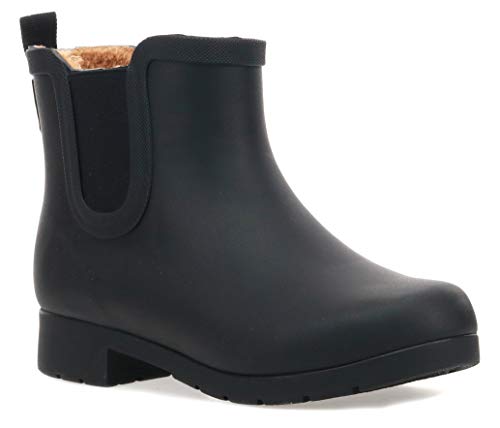| Construction Rating: | starstarstarstarstar |
| Flight Rating: | starstarstarstarstar |
| Overall Rating: | starstarstarstarstar |
| Manufacturer: | Shrox Industria  |
 Brief:
Brief:
From plans in Apogee Ezine issue 92. .Weighing in under a pound with motor,
this single-stage rocket will scream off the pad and achieve altitudes over
half a mile up on an F motor without having to file an LMR or get a waiver.
It's sleek, colorful design is very eye-catching, and having built all 10 of
the current Apogee/Shrox plans, this one stands out as one of my favorites.
Construction:
The Kit contains:
- 29mm nose cone
- 29mm body tubing 26" long (durable enough for motor mount)
- 24-29mm centering ring for engine block
- 2 launch lugs (1/4")
- 36"-48" 300lb Kevlar® for shock cord
- Streamer (2x56 Mylar)
- 3/32 basswood for fins (DON'T use balsa)
After downloading the Rocksim file and decal .jpeg from Apogee's newsletter archive (RockSim is also available here on EMRR), I pulled together most of the parts from my spare parts box. I did wind up having to purchase a couple of 29mm balsa nose cones from Apogee, and they were very good quality.
I printed out the decals on my inkjet printer on Avery clear decal paper. While they were decent quality, finding someone to print on waterslide paper using a better printer would do this rocket better justice than my rather opaque decals.
There are no instructions for this, so you have to rely on some basic experience to build this rocket.
The newsletter (issue #92) includes fin templates, so cutting the fins was much easier than having to sketch them from Rocksim dimensions (NB-if you have the full version, you can print the templates from Rocksim also). After cutting the fins from basswood, tack them to the body using CA, then apply generous fillets of wood glue. This rocket loves to fly on F's (on a nice day I'm even going to try a G40), so a strong glue joint is critical. With 2 sets of fins, be careful to properly align the forward and aft fins on a flat surface.
After bonding fins, glue the centering ring/engine block in the body tube, set the launch lugs, and install the recovery device.
Finishing:
The hardest part of finishing this was the balsa nose cone, which got 4 filler
coats of balsa sealer. I then applied 2 primer coats to the entire rocket, and
two finishing coats of Krylon glossy white. The decals add a nice splash of
color to the fins.
Construction Rating: 5 out of 5
Flight:
There are no recommended motors included in the Rocksim file, though I played
around and would suggest a 7 second delay on E/F motors. For a first flight, I
used an Estes E9-6 (using a 24-29mm tube adaptor). Winds were fairly heavy, at
15-20mph peak (estimated 10-15 at launch). The flight was straight-up, with a
slight spin. Ejection was at apogee, and the streamer brought the rocket back
without a trace of damage. This was a very fast flight, and on an F the rocket
will definitely fly beyond my eyesight. Rocksim estimated the altitude on E9-6
at 2200, though I'd estimate I was about 1800-2000 tops. An F40 Econojet will
top 3200 feet on this.
Recovery:
I'd add about 2 feet of 1/4" elastic to the Kevlar®
cord to reduce the likelihood of zippering. I reinforced the inside of the tube
with CA and wrapped a layer of masking tape around the Kevlar®
to prevent this, though.
For flight, I wouldn't change a thing. This is an incredible flyer, and can cure my AP withdrawal on a sunny day without having to file an LMR/notification.
Flight Rating: 5 out of 5
Overall Rating: 5 out of 5
Sponsored Ads
 |
 |











